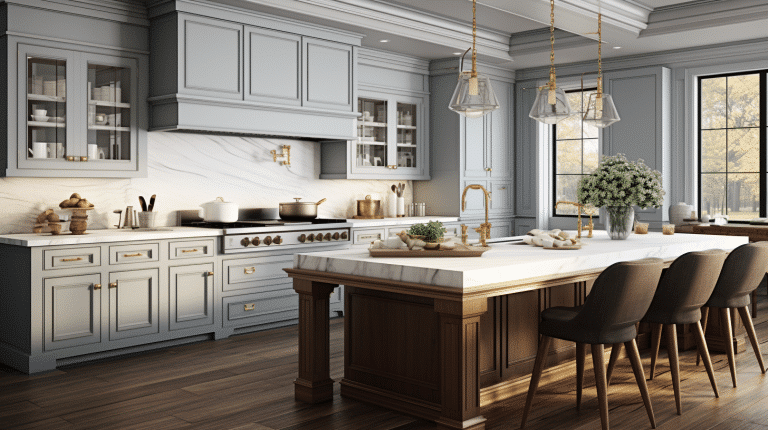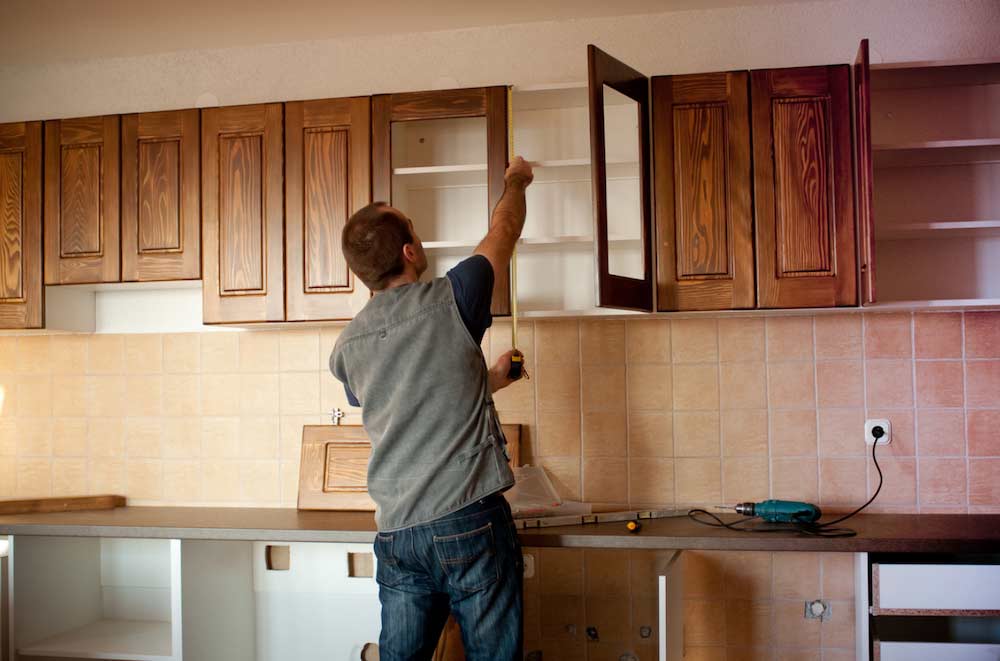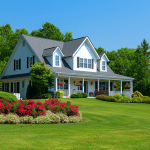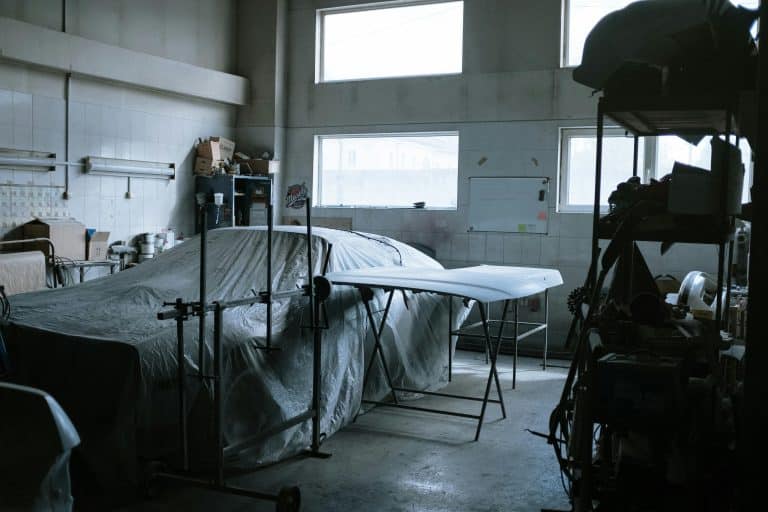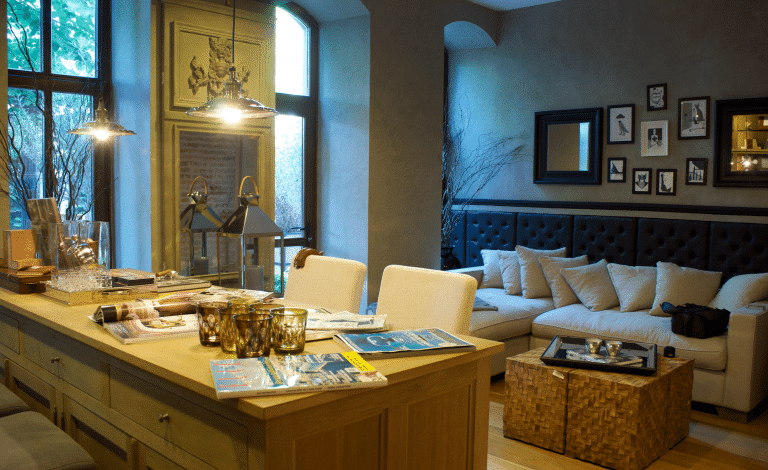Renovating a kitchen can be daunting, but updating your cabinet doors is a transformative step that can refresh the entire space. Cabinet doors are a significant element in your kitchen’s overall aesthetics and functionality. This guide talks about the essential aspects of buying new cabinet doors, from understanding different types and materials to considering budget and installation options.
Types of Cabinet Doors
Cabinet doors come in various styles, each offering unique aesthetic and functional benefits. The most common kitchen cabinet doors include:
- Shaker Doors: Shaker doors are versatile and suit both traditional and modern kitchens. They have simple, clean lines.
- Flat-Panel Doors: These offer a sleek, contemporary look with a minimalist design, ideal for modern kitchens.
- Raised-Panel Doors: Featuring a raised center panel, these doors add depth and detail, perfect for classic and traditional kitchen designs.
- Glass-Front Doors: These allow you to showcase your dishware and can make a small kitchen feel larger by adding visual depth.
Choosing the right type depends on your kitchen’s overall design and personal preference.
Choosing the Right Material
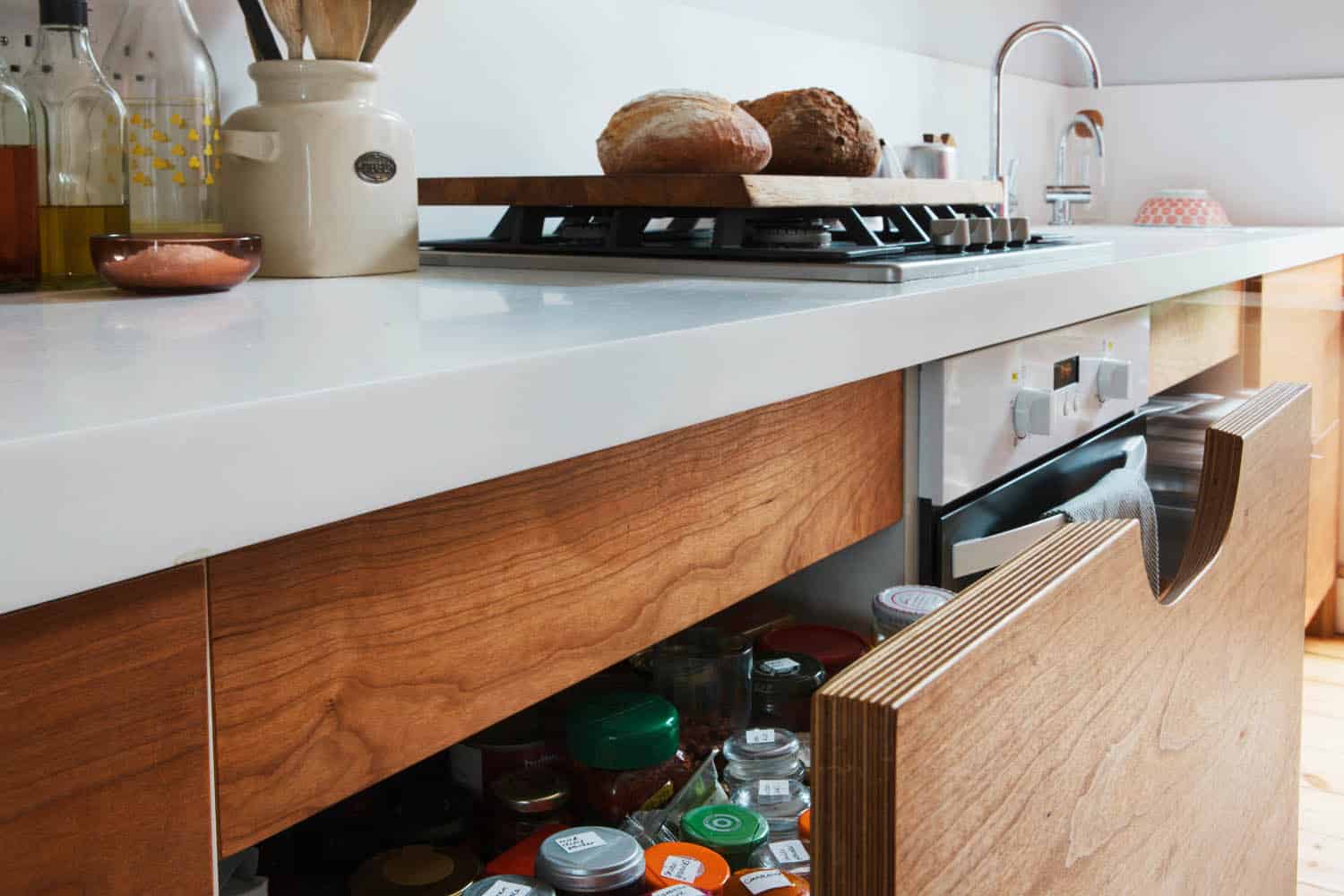
The material of your cabinet doors significantly impacts their durability, appearance, and maintenance. Common materials include:
- Solid Wood: Offers natural beauty and durability but can be expensive and prone to warping if not properly maintained.
- Medium-Density Fiberboard (MDF): A cost-effective and stable alternative to wood, MDF can be painted or veneered to mimic wood.
- Plywood: Strong and resistant to moisture, making it a good choice for kitchens.
- Laminate: Provides a wide range of colors and patterns at an affordable price, though it may not be as durable as wood or plywood.
- Thermofoil: A vinyl coating over MDF, providing a smooth, durable surface that’s easy to clean but may peel over time.
Selecting the right material depends on your budget, desired look, and maintenance willingness.
Finding the Perfect Look for Your Kitchen
Your cabinet doors’ style and design should complement your kitchen’s overall aesthetic. Key considerations include:
- Color and Finish: Choose colors that harmonize with your kitchen’s palette. Neutral tones are versatile, while bold colors can make a statement.
- Hardware: The choice of handles and knobs can significantly influence the cabinet doors’ look. Consider matching or contrasting them with your kitchen’s style.
- Profile and Detailing: The door’s profile (edges and panel shapes) should align with your kitchen’s design theme, whether it’s modern, rustic, or traditional.
Careful consideration of these elements ensures a cohesive and attractive kitchen design.
How to Accurately Measure for New Cabinet Doors
Here’s a step-by-step guide:
- Remove Old Doors: Start by removing the old doors to get precise measurements.
- Measure the Openings: Measure the height and width of each cabinet opening. Use a tape measure for accuracy.
- Account for Overlays: Depending on whether you want full or partial overlay doors, add the appropriate amount to each dimension.
- Double-Check: Always double-check your measurements before placing an order to avoid costly mistakes.
Proper measuring guarantees a seamless fit for your new cabinet doors.
Custom vs. Ready-Made Doors
When buying new cabinet doors, you can choose between custom-made and ready-made options:
- Custom Cabinet Doors: Tailored to your exact specifications, they allow for personalized design choices. However, they are typically more expensive and have longer lead times.
- Ready-Made Cabinet Doors: These are pre-manufactured in standard sizes, making them more affordable and quicker to obtain. They may require slight adjustments to fit perfectly.
Deciding between custom and ready-made depends on your budget, timeline, and specific requirements.
Budgeting for Your Upgrade
Upgrading cabinet doors can vary widely in cost. Here are some factors to consider:
- Material Costs: Different materials have varying price points, with solid wood being the most expensive and MDF or laminate being more affordable.
- Custom vs. Ready-Made: Custom doors are pricier than ready-made options.
- Additional Features: Special finishes, glass inserts, and intricate designs can add to the cost.
- Installation: Professional installation adds to the overall cost but ensures a perfect fit and finish.
Setting a clear budget and understanding these factors helps you manage costs effectively.
Finishing Touches: Paints, Stains, and Finishes for Cabinet Doors
The finish on your cabinet doors affects their appearance and durability. Common options include:
- Paint: Provides a smooth, even color and is available in various shades. It can be easily updated in the future.
- Stain: Highlights the natural wood grain, giving a rich, warm look. It requires more maintenance than paint.
- Varnish: Adds a protective layer that enhances durability. It can be glossy or matte, whichever you prefer.
- Lacquer: Offers a hard, durable finish with a high-gloss appearance but requires professional application.
Choosing the right finish enhances your cabinet doors’ longevity and appearance.
Upgrading your kitchen with new kitchen cabinet doors can greatly improve its look and functionality. Understand the different types, materials, and styles available. Accurately measure for a perfect fit. Consider your budget and installation options. Make informed decisions to transform your kitchen.

